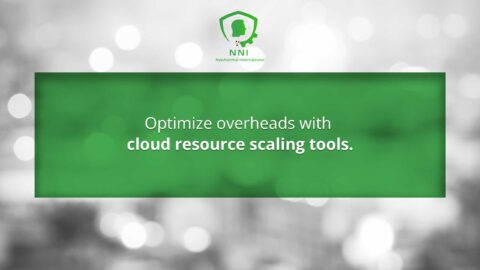Revolutionizing Financial Management in Business
Understanding Predictive Cash Flow Modeling
Optimizing cash reserves with predictive cash flow modeling is an essential strategy for businesses seeking financial stability and growth. This approach uses advanced analytics to forecast future cash flows, enabling companies to make informed decisions about managing their finances.
The Power of Predictive Analytics in Cash Management
Predictive modeling is a powerful tool for businesses to anticipate their future cash flow needs and make informed financial decisions. By analyzing historical financial data, market trends, and economic indicators, predictive models can help businesses identify patterns, correlations, and underlying trends that inform predictions about future cash flows. This proactive approach allows businesses to prepare for potential cash shortages or surpluses, ensuring that they have the financial resources to meet their obligations and pursue growth opportunities.
Predictive modeling offers several key benefits for businesses:
Enhanced Financial Forecasting: Accurate forecasts of future cash flows enable businesses to make informed financial decisions, such as securing financing, negotiating payment terms, or adjusting spending patterns to avoid potential cash shortfalls or optimize resource allocation.
Improved Liquidity Management: Predictive models help businesses manage their liquidity effectively, ensuring that they have sufficient cash on hand to meet their financial obligations. This proactive approach minimizes the risk of financial distress, reduces borrowing costs, and enhances overall financial stability.
Strategic Investment Decisions: Insights into future cash flows provided by predictive models enable businesses to make informed decisions about capital investments, expansion plans, and resource allocation. This data-driven approach ensures that businesses invest strategically, optimizing the utilization of their financial resources.
Risk Assessment and Mitigation: Predictive models can identify potential risks that could impact cash flows, such as changes in customer demand, economic downturns, or supply chain disruptions. By understanding and anticipating these risks, businesses can take proactive measures to mitigate them, protecting their financial stability and reducing the likelihood of financial distress.
Data-Driven Decision Making: Predictive modeling promotes a data-driven culture within organizations, encouraging businesses to make decisions based on evidence and insights rather than intuition or guesswork. This data-driven approach leads to more informed decisions, improved financial performance, and a competitive advantage.
In essence, predictive modeling is not merely a financial forecasting tool; it is a strategic imperative that empowers businesses to navigate the complexities of financial management, optimize resource allocation, and achieve sustainable growth in today’s dynamic and competitive business landscape. By embracing predictive modeling, businesses can gain a clear understanding of their future cash flow needs, make informed decisions, and proactively manage financial risks, ultimately positioning themselves for long-term success.
The Role of Generative AI in Cash Flow Modeling
Generative Artificial Intelligence (AI) has become a crucial tool in enhancing predictive cash flow modeling. AI algorithms can process large volumes of data quickly and accurately, providing deeper insights into cash flow patterns.
AI-Driven Forecasting for Better Financial Decisions
With AI-driven forecasting, businesses can identify potential risks and opportunities, adjust their strategies accordingly, and maintain optimal cash reserves.
Change Management for Implementing Predictive Modeling
Adopting predictive cash flow modeling requires a change in mindset and operations. Effective communication and executive coaching services are vital to ensure a smooth transition to this data-driven approach.
Training and Development for Financial Teams
Training financial teams to use predictive modeling tools and interpret the data correctly is crucial for successful implementation.
Impact on Business Success and Leadership Skills
Optimizing cash reserves directly impacts a business’s success. Leaders must develop the skills to interpret predictive models and integrate these insights into their strategic planning.
Strategic Planning and Risk Management
Predictive cash flow modeling enhances strategic planning and risk management, enabling leaders to make decisions that align with long-term business goals.
Conclusion Optimizing Cash Reserves with Predictive Cash Flow Modeling
In conclusion, optimizing cash reserves with predictive cash flow modeling is a strategic necessity for modern businesses. By leveraging Generative AI and embracing change management, companies can achieve financial stability and drive business success.
#FinancialModeling, #PredictiveAnalytics, #CashFlowManagement, #AIFinance, #StrategicPlanning











